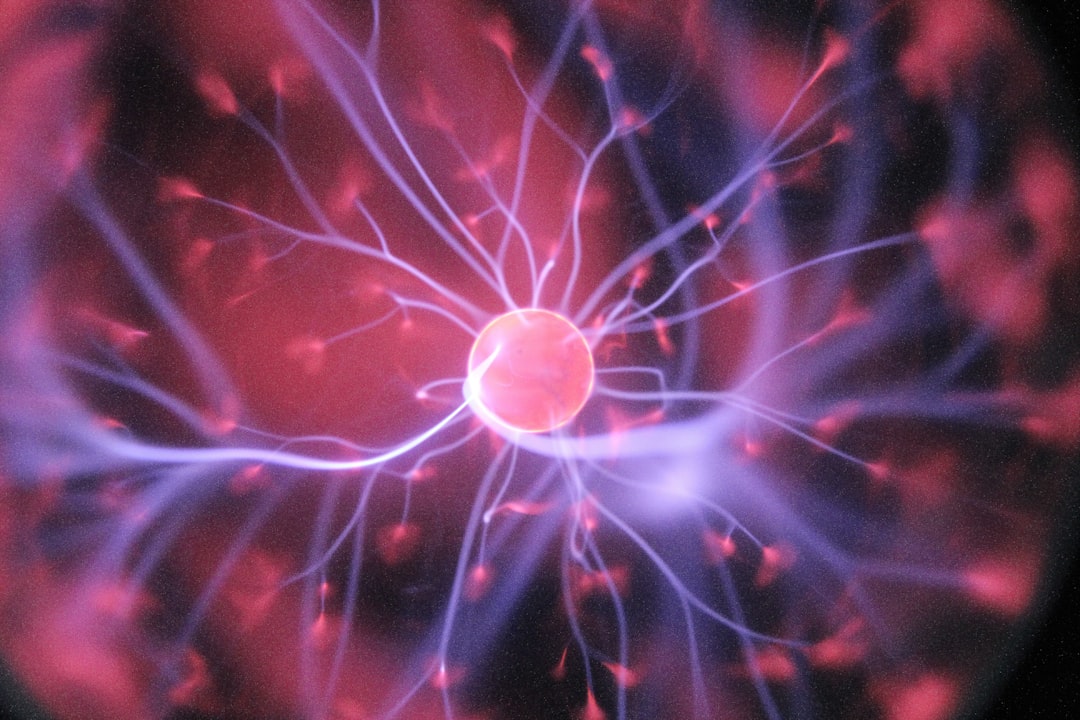What is it about?
Although in specific parts of the brain, new cells are continually added, the entire brain is mobilized to deal with specific injuries, large and small, in the adult brain. One striking reaction of the brain to injury is the process of neurogenesis, or the creation of new cells to replace dead cells. This process was previously considered unavailable after birth in all but a few areas of the brain. Many factors contribute to the success of this process. In light of recent evidence, this article explains the importance of the utilization of newly added cells during the early and critical period of the process. For these new cells to survive and become functional, it is critical that they be used in a normal function, for example, in an appropriate behavior pattern.
Featured Image
Why is it important?
This line of study offers an alternate approach to hotly-pursued stem cell research and its implications for clinical application.
Perspectives
I am the sole author. Answers to the two previous questions reflect my perspective about this publication
Mei-Fang Cheng
Rutgers The State University of New Jersey
Read the Original
This page is a summary of: Adult Neurogenesis in Injury-Induced Self-Repair: Use It or Lose It, Brain Plasticity, March 2017, IOS Press,
DOI: 10.3233/bpl-160030.
You can read the full text:
Contributors
The following have contributed to this page










